Grape Variety
Arneis
"ar-NAYS"
Wine Styles
 Sparkling
Sparkling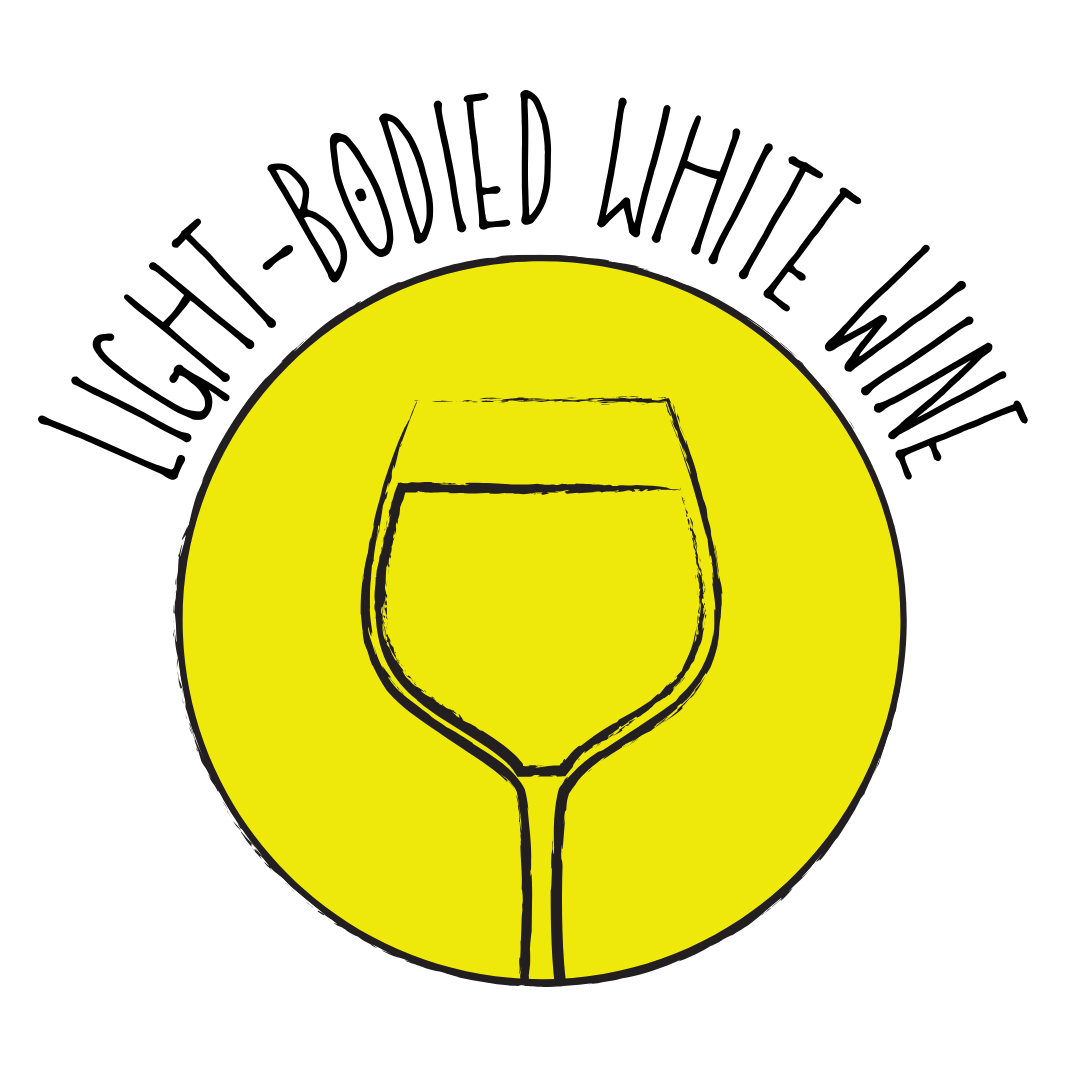 Light White
Light White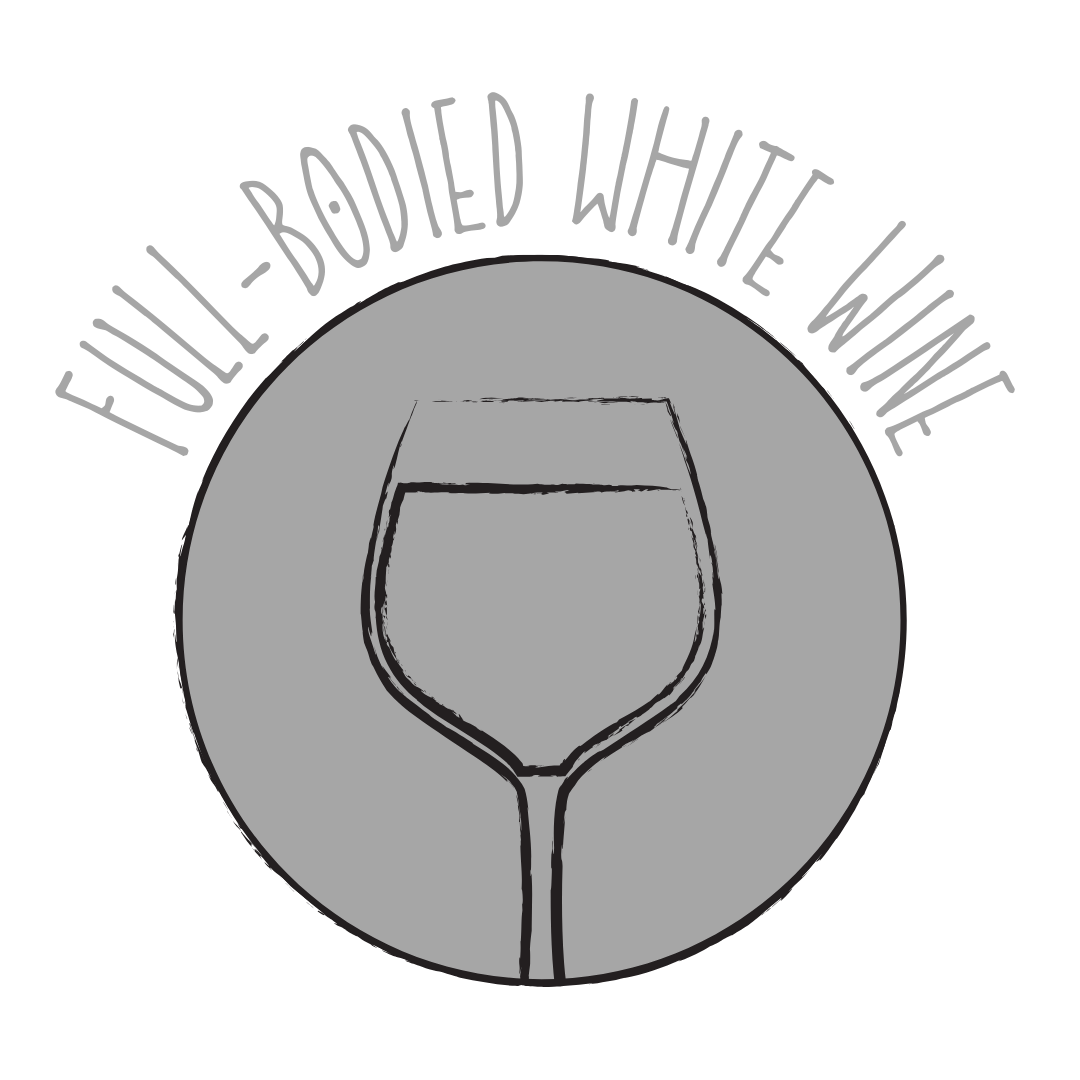 Full White
Full White Aromatic
Aromatic Rosé
Rosé Light Red
Light Red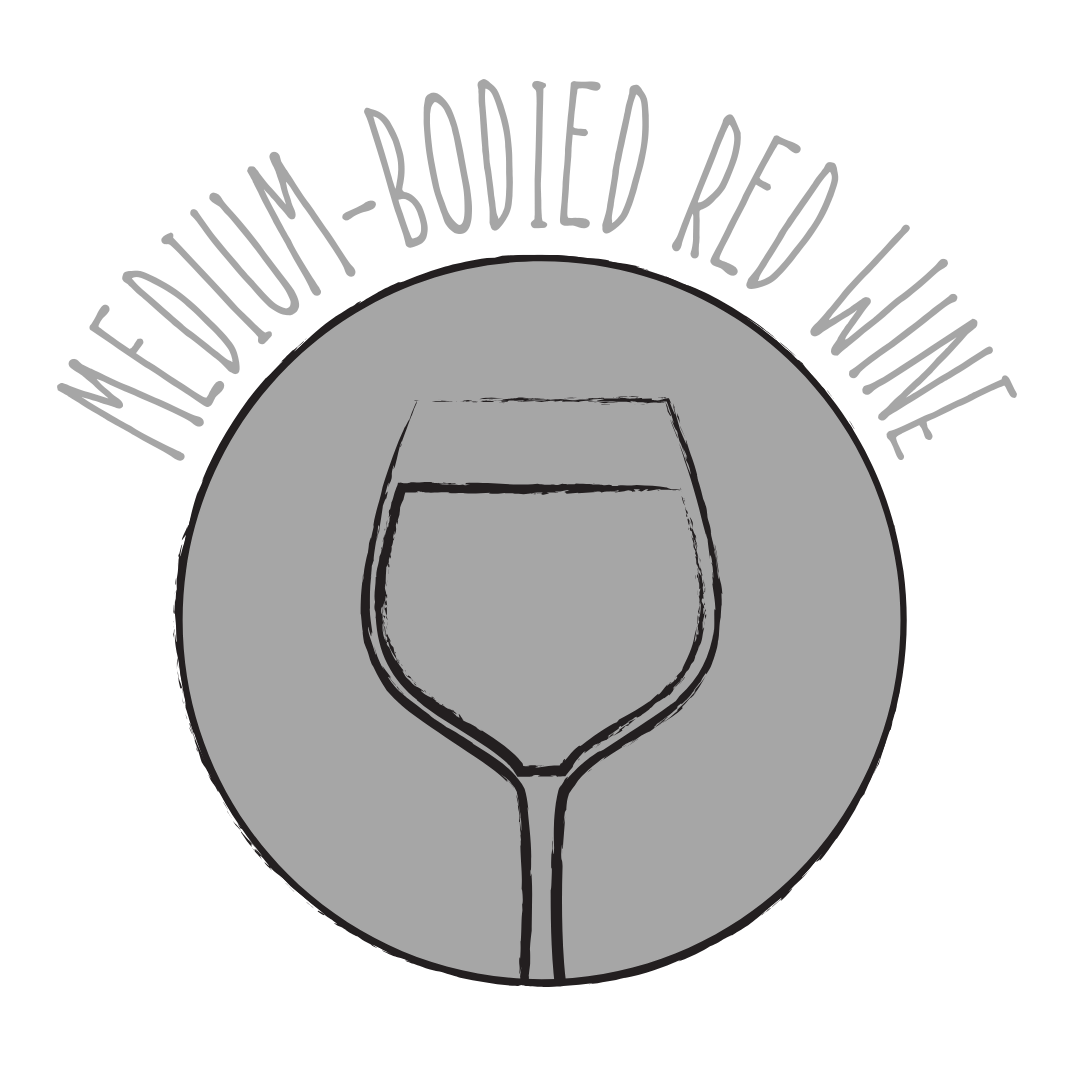 Medium Red
Medium Red Full Red
Full Red Dessert
DessertAbout Arneis
Origin
Piedmont region, Italy.
History
Arneis is an ancient white grape variety native to Piemonte, Italy, with references dating back to the 15th century. Despite its rich history, Arneis faced the brink of extinction in the 1960s and 70s, relegated to the sidelines as Piedmont’s red wines, like Barolo and Barbaresco, took center stage. Its savior came in the form of visionary winemakers like Alfredo Currado of Vietti and Bruno Giacosa.
Appearance
Small to medium-sized berries with a greenish-yellow hue, growing in compact clusters.
Growing Traits
Arneis is a tricky grape for growers, with low yields and a susceptibility to diseases like powdery mildew. It also loses acidity rapidly once the grapes become ripe. Rather than a slow decline as the sugars go up, arneis will hold quite intense acidity only for it to plummet over a few days.
Wine Characteristics
Body
3/5
Sweetness
1/5
Tannin
1/5
Acidity
3/5
Alcohol
3/5
Medium-bodied with a smooth and rounded texture, offering a harmonious and balanced mouthfeel. Predominantly dry, with minimal residual sugar, focusing on fresh and crisp flavors. Negligible tannin levels, characteristic of white wines, contributing to its clean and approachable profile. Moderate acidity, providing a balanced and gentle freshness without being overly sharp. Moderate alcohol content, typically ranging between 12% and 13.5%, making it suitable for various occasions.
Taste Profile
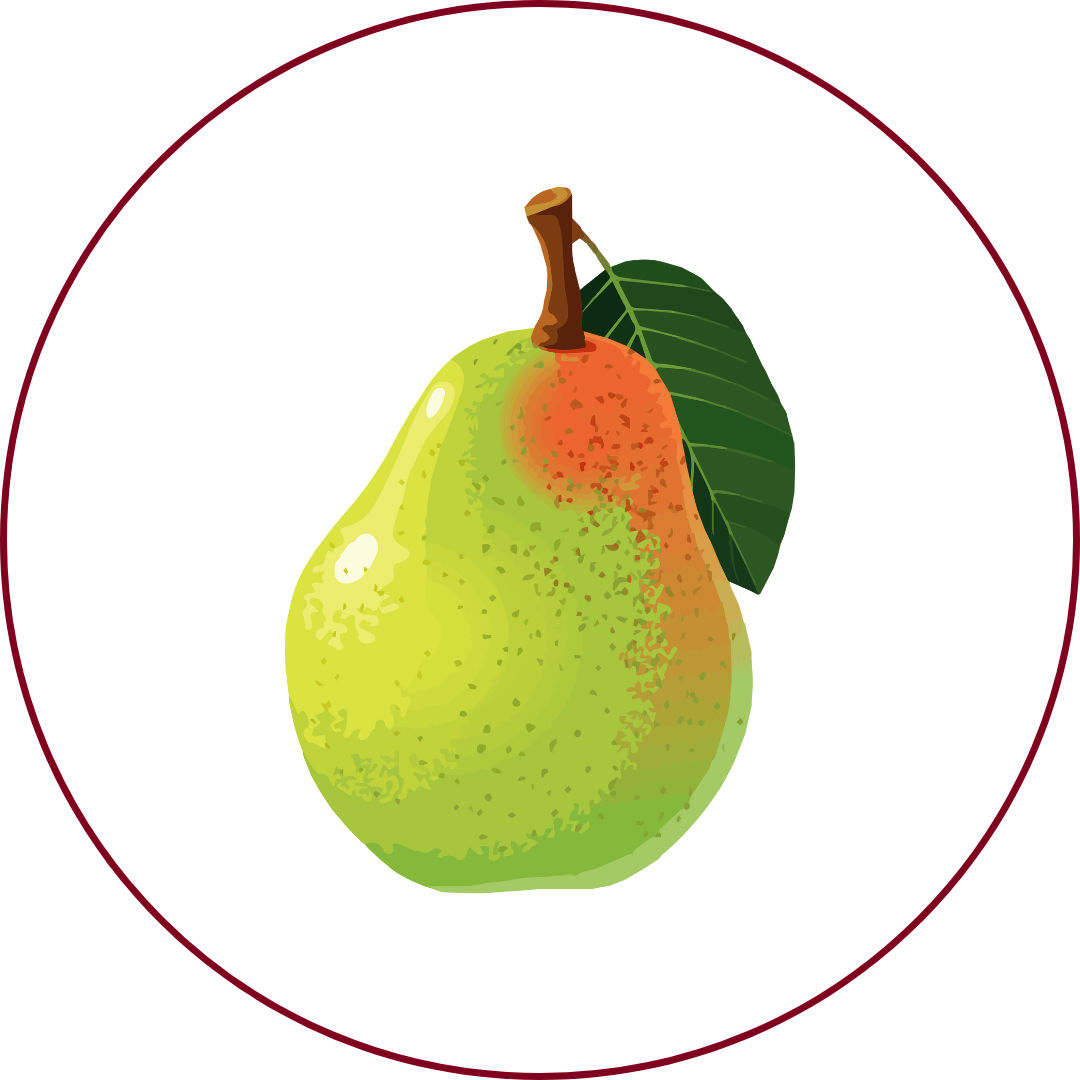
Pear

Apricot
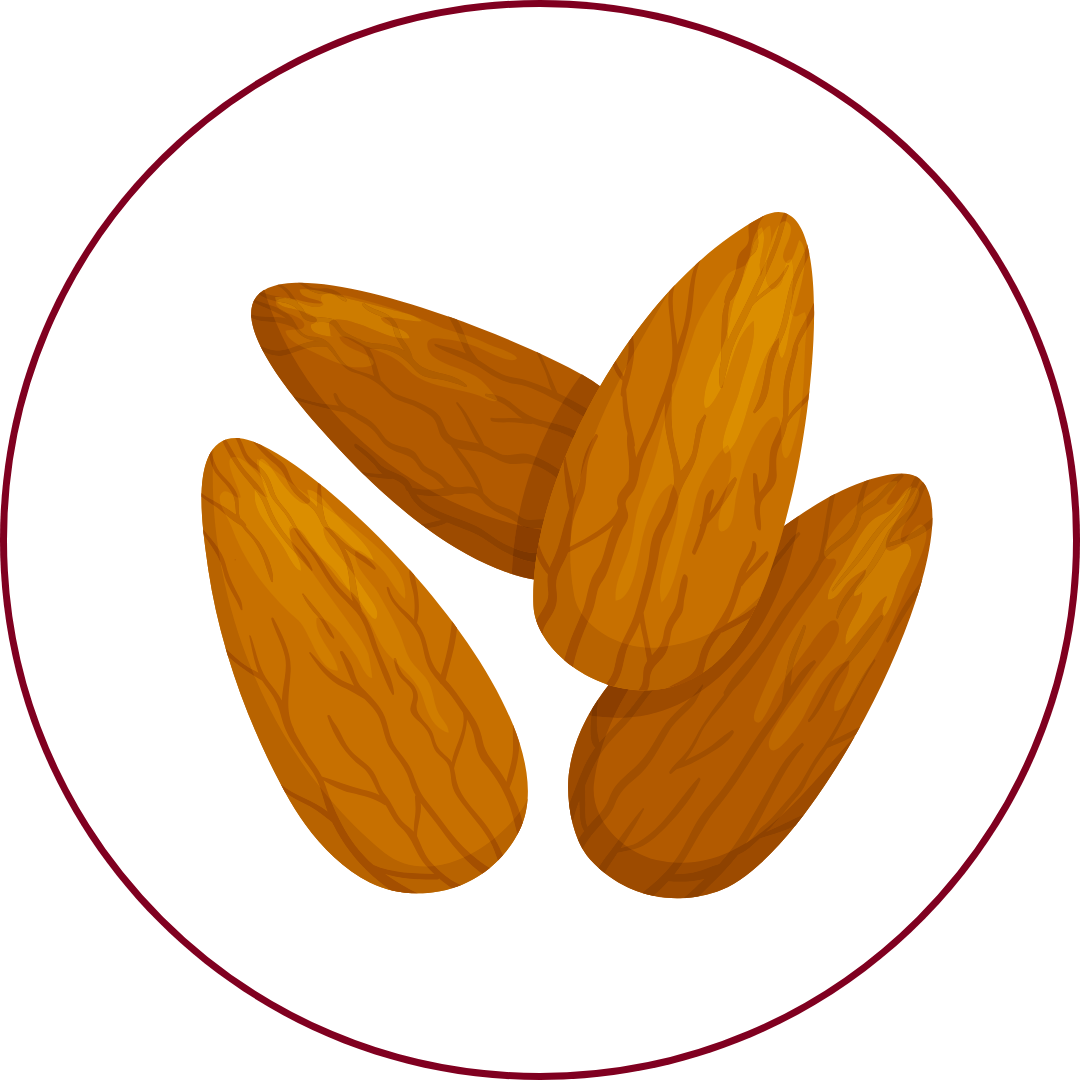
Almond
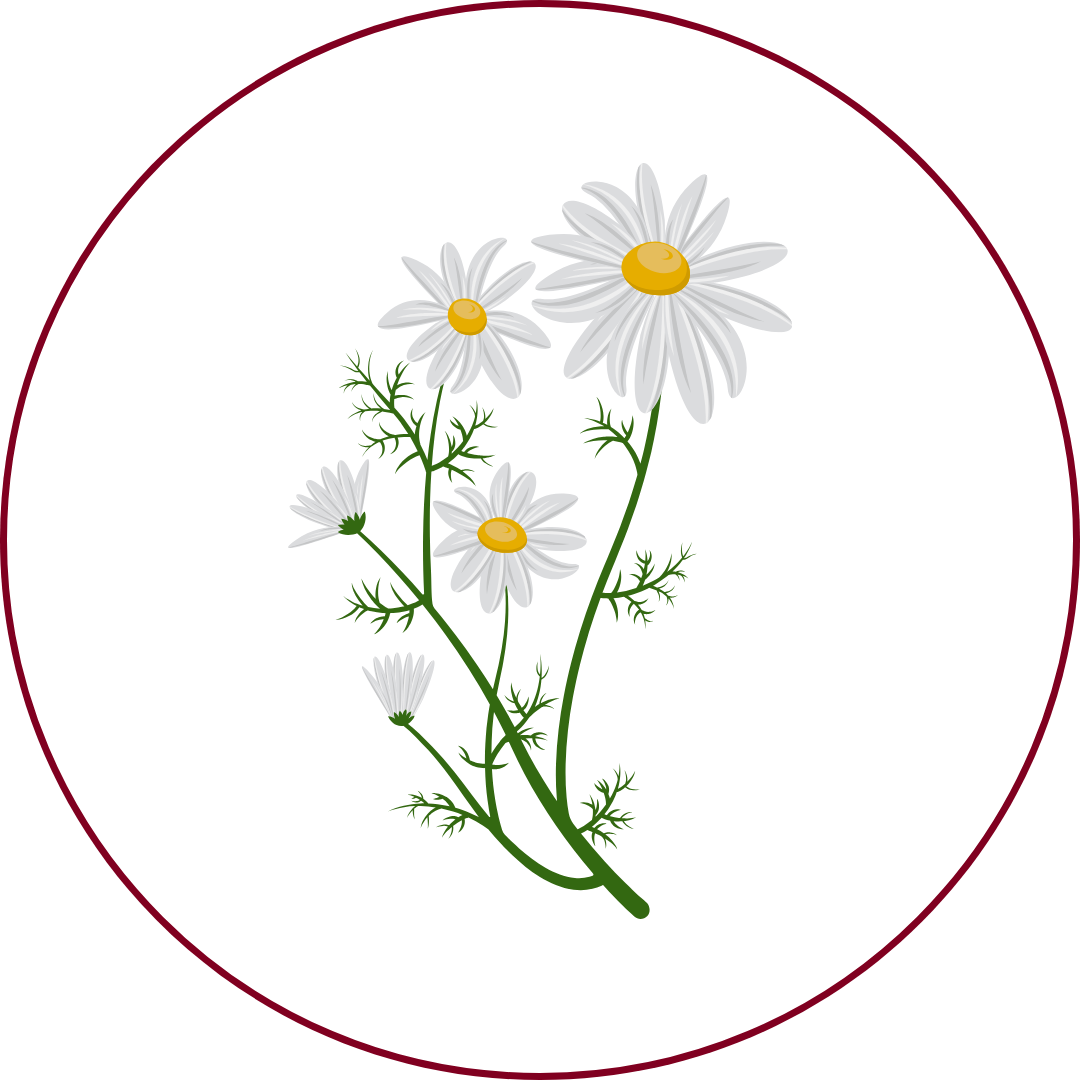
Chamomile
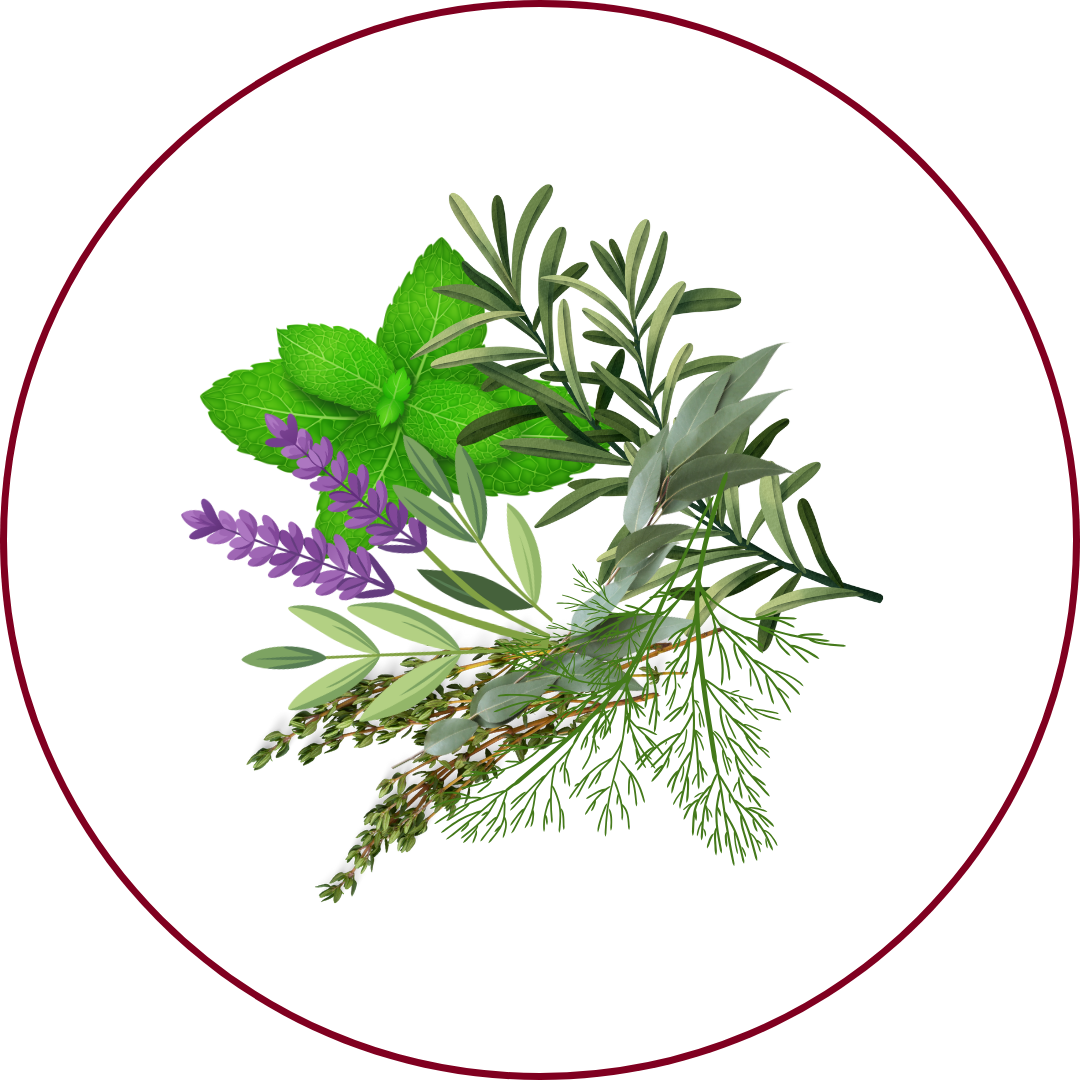
Herbal
Arneis wines are characterized by flavors of pear and apricot, complemented by notes of almond and chamomile. Subtle herbal undertones add complexity, all balanced by moderate acidity and a smooth finish.
Food Pairing
Arneis's medium body and moderate acidity make it an excellent match for seafood dishes, particularly shellfish like scallops and shrimp. It also pairs well with light pasta dishes, risotto, and white meats such as chicken or turkey. Its subtle fruit flavors complement soft cheeses and salads with citrus-based dressings.
Growing Regions

Italy
Piedmont (Roero DOCG, Langhe DOC)

United States
California (Sonoma County)Oregon (Willamette Valley)

Australia
TasmaniaVictoriaNew South Wales

New Zealand
Gisborne
Notable Wines & Producers
Roero Arneis DOCG
Vietti
Bruno Giacosa
Ceretto
Langhe Arneis DOC
Marchesi di Gresy
Domenico Clerico
Arneis FAQ
Common questions about this grape variety
What is the origin of Arneis?
+
Piedmont region, Italy.
Is Arneis wine full bodied?
+
Arneis has a body level of 3 out of 5. Which means that Arneis is Moderate bodied.
Is Arneis wine dry or sweet?
+
Arneis has a dryness level of 1 out of 5. Which means that Arneis is Dry.
Where is Arneis wine from?
+
Piedmont region, Italy.
Where is Arneis grown?
+
Arneis is grown in Italy (Piedmont (Roero DOCG, Langhe DOC))United States (California (Sonoma County), Oregon (Willamette Valley))Australia (Tasmania, Victoria, New South Wales)New Zealand (Gisborne).
What is Arneis like?
+
Arneis wines are characterized by flavors of pear and apricot, complemented by notes of almond and chamomile. Subtle herbal undertones add complexity, all balanced by moderate acidity and a smooth finish.
What does Arneis pair with?
+
Arneis's medium body and moderate acidity make it an excellent match for seafood dishes, particularly shellfish like scallops and shrimp. It also pairs well with light pasta dishes, risotto, and white meats such as chicken or turkey. Its subtle fruit flavors complement soft cheeses and salads with citrus-based dressings.
What does Arneis taste like?
+
Arneis wines are characterized by flavors of pear and apricot, complemented by notes of almond and chamomile. Subtle herbal undertones add complexity, all balanced by moderate acidity and a smooth finish.
Take Arneis Knowledge with You
Access detailed grape profiles, tasting notes, and pairing suggestions on your iPhone.
Download on theApp Store